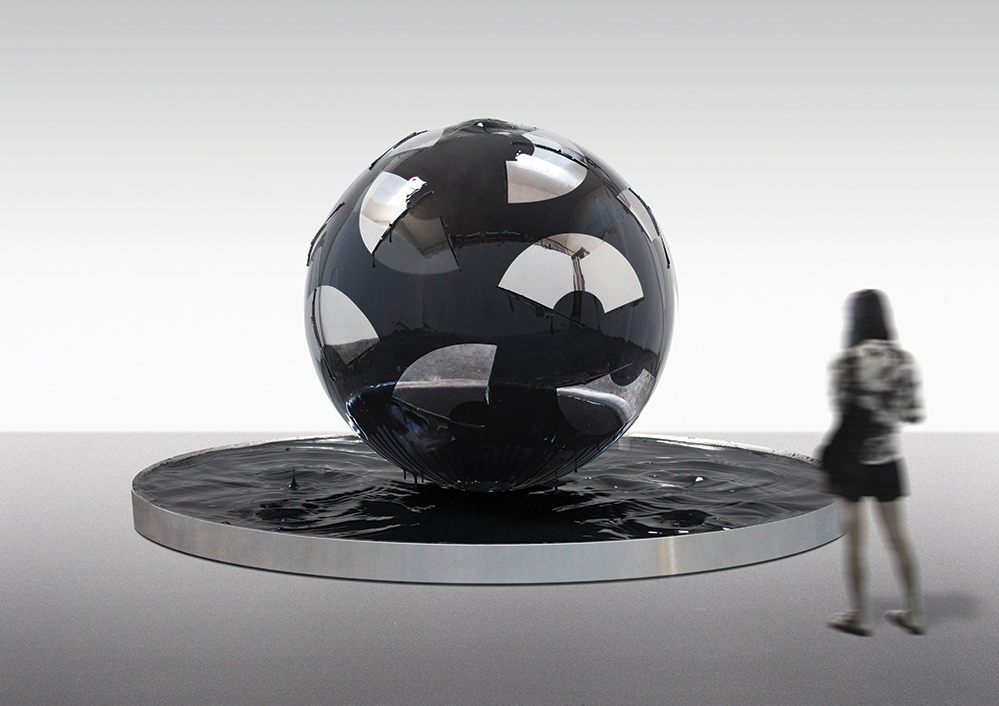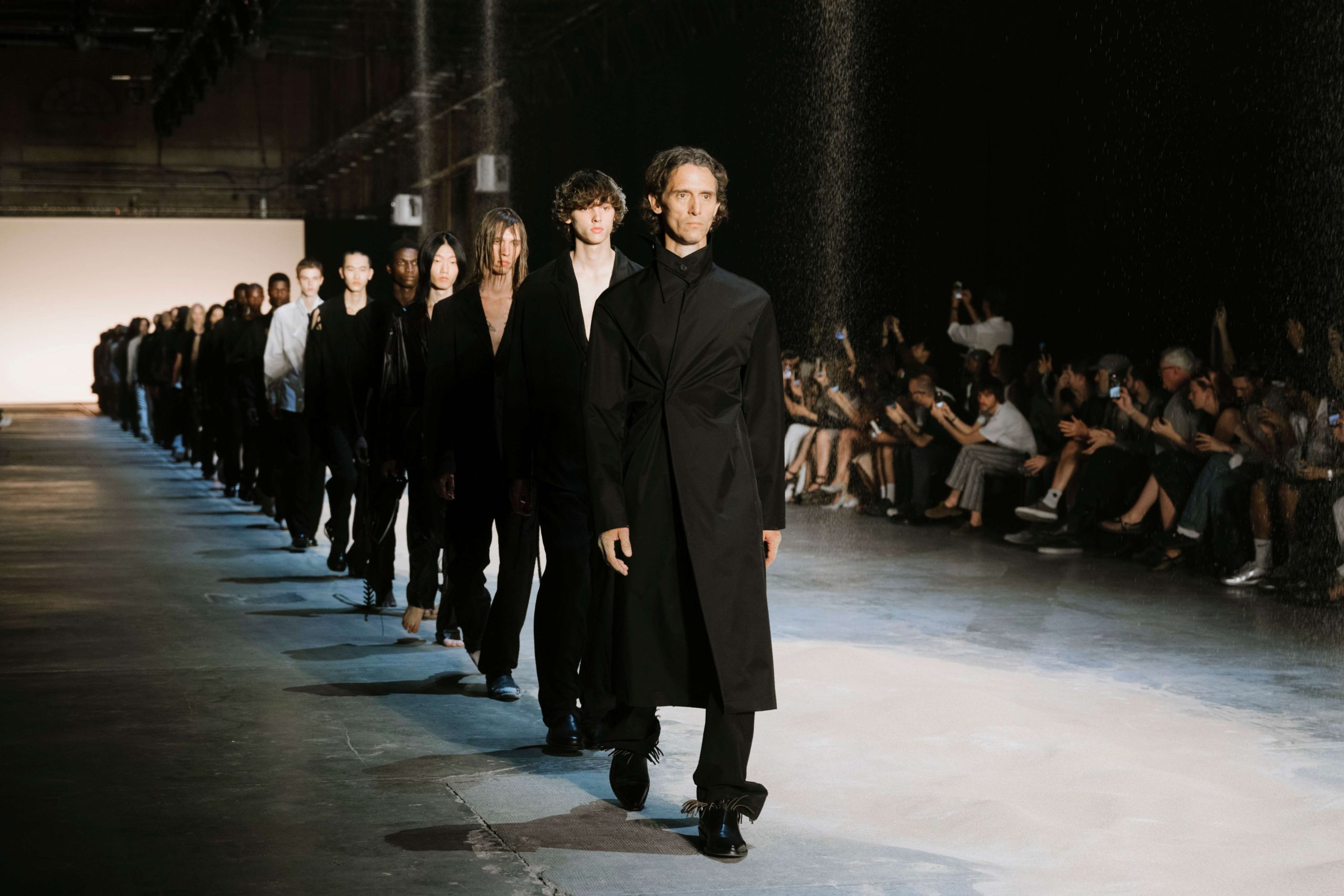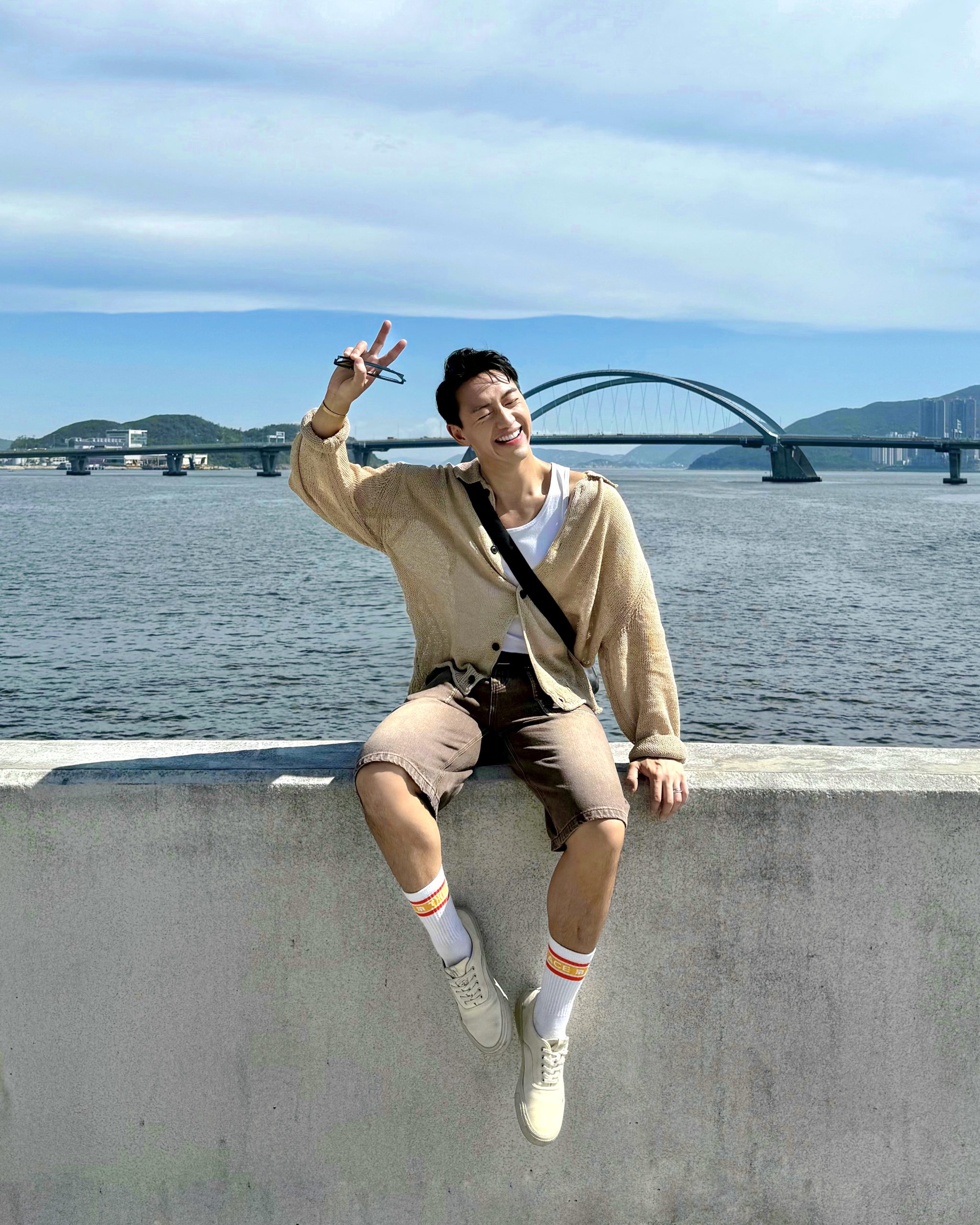
Most people would fail to identify any similarities between Beijing and Madrid, aside from they are both capital cities. When Spain beckoned artist Zhou Wendou it was because it was so different from his hometown. He soon discovered that the cities share more commonalities than he had imagined.
“I was confused when I graduated from college,” confesses Zhou, a graduate of the Central Academy of Art and Design. “I didn’t know what I should do, so I thought about going abroad. It was a fluke that I went to Spain in 1998. I applied for the programme at the Complutense University of Madrid’s Academy of Fine Arts. I’m not sure if all Spanish people are like Beijingers, but people in Madrid are just like Beijingers. They’ve all inherited memories of their hometown’s past glories. Madrid used to be Europe’s pivotal city during the Middle Ages and Beijing was ancient capital. People from both places like to talk about the past rather than live in the present, they are similarly lazy and casual, and they value spiritual sustenance more than material goods.”
Zhou is considered one of the most important Chinese artists working today. Born and brought up in Beijing, he was heavily influenced by Communist Party doctrine. A decade spent in Spain has allowed him the freedom to place his tongue firmly in cheek while examining how politics influences people’s lives and how a country’s people shapes its politics. Represented by Pascal de Sarthe in Hong Kong, Zhou mounts his first solo exhibition at the de Sarthe Gallery from March 21 to April 23, to coincide with Art Basel in Hong Kong. The exhibition opens with de Sarthe hosting a cocktail reception on the evening of March 21. Zhou will hold a workshop on the morning of March 24.

“We are interested in a new generation of artists who are concerned by the evolution of our society and aesthetically debate social, political and environmental changes in the world,” says de Sarthe. “Wendou is part of this new generation of artists. There is a reshuffle in the Chinese contemporary art world today. Artists such as Wendou do not want to be seen as a Chinese artist doing the Chinese narrative expected in the past by the West. These artists want to have an international presence.”
Zhou says: “My father was a civilian staffer in the People’s Liberation Army. I grew up in a Beijing compound, and my first memories are from this central party school. I was very young, so my vague recollections are of a cinema and an apple orchard there. Later I moved to another compound for chief staff officers. It also had a cinema but no apple orchard. I attended the primary school in the compound. It was a bunch of one-storey houses with no central heating. In the winter, we used coal stoves. My desk was so close to one that my pencil box melted.
“My father loved art. At weekends, he would take me to museums. As a result, I have always liked painting. In school, my teacher asked me to join the art group. I was interested until I found out we had to stay after class for all its events. That would’ve eaten up all my free time after school for activities such as football, so I didn’t join, even though my art grades were always very good. When I was 15 I failed the entrance exam for high school and had to stay at home for half a year. Then, to retake the exam, I started classes at 168 Secondary School, right beside the Central Academy of Art. From my school’s second-floor balcony, I could see students painting. I thought that painting was easy and fun, so I left my ordinary high school to enrol in one that specialised in art.

“For me, everything can be interpreted through art: society, politics, ideology, nature, the environment and human rights. What interests me most are mundane things or found objects. They are the icons of human civilisation, with inherent social characteristics and cultural values. Products are made depending upon our needs. Their shapes and structures are dependent on their functionality, while the choice of material and colour also reflect their function. In other words, function determines the significance of a product’s existence. So what would they be like if I removed their function? I agree with the ancient Chinese philosopher Zhuangzi that ‘the use of uselessness is the most useful’. My art removes the function of products to find their uselessness.”
Zhou’s work, ADHD, the acronym for attention deficit hyperactivity disorder, is a larger-than-life spherical installation with black ink continuously washing over it. Windscreen wipers dotting the surface strive constantly but ineffectually to wipe away the cascade. It is a strong statement, based on Zhou’s personal observations while commuting.
“I noticed that many people unconsciously and repeatedly shake their legs on the Metro. I began thinking about ADHD. Although there is no link between ADHD and jittery legs, they look similar, and they both show a lack of self-control. Stepping back, I find that a lack of concentration, mechanical repetition, hyperactivity and impulse have become the norm for everyday life. I wanted to make something that reflected this behaviour in our society.”
While Zhou is considered mainly a painter, he dabbles in every medium. “My favourite is installation,” he says. “God gave me a pair of very capable hands and they can make whatever my brain wants. It would be a shame not to make installations. They are very inclusive, involving structure, craft, materials and technology. They generate more public engagement.”
Zhou and de Sarthe are both thrilled that the art world’s spotlight has fallen on Asia, Art Basel in Hong Kong being the continent’s marquee event. “I became aware of Art Basel in 1998 when I saw catalogues of the ’80s and ’90s events in the Complutense’s library,” says Zhou. “It is one of the most prestigious art fairs in the world and it serves as a benchmark for contemporary art movements. Of course I am very excited to be exhibited at the fair.”
Says de Sarthe: “Art Basel, together with leading galleries of international calibre and with the growth of auctions, has put Hong Kong on the global art map. It has brought awareness of modern, Post-War and contemporary Western art to many new Asian collectors. It also validates recognition for many contemporary Asian artists.”





